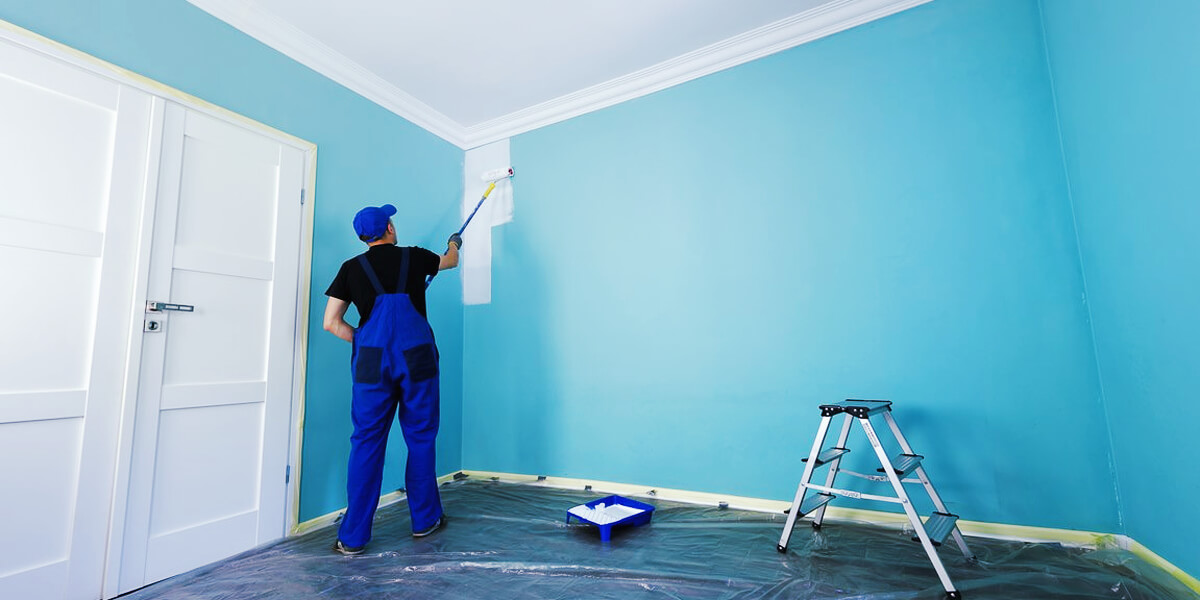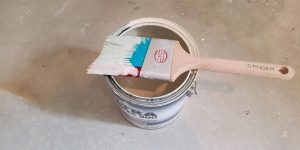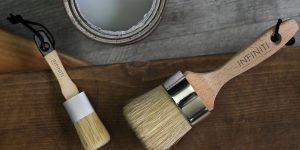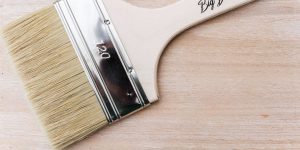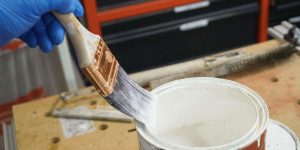Are you contemplating giving your home a fresh coat of paint but find yourself wondering, “Can you paint a house in the winter?” As winter sets in, many homeowners are uncertain whether it’s feasible to embark on such a project during colder months. The chilly temperatures, moisture, and unpredictable weather conditions often raise concerns about paint quality and longevity.
In this article, I will share with you the possibilities of painting a house in winter, debunk common misconceptions, and provide essential tips to ensure successful winter painting endeavors. So, let’s dispel the myths and shed light on the true potential of transforming your home’s exterior even when the snowflakes are falling.
Can you paint in the winter?
Answering the question
The short answer is yes, you can paint in the winter. However, several factors need to be considered to ensure a successful and long-lasting paint job.
When winter painting is a good idea
While it may seem counterintuitive, winter painting can be advantageous in certain scenarios. One notable advantage is that the demand for professional painters tends to be lower during the winter months, meaning you may have an easier time scheduling their services.
When to avoid winter painting
Although painting in winter can be feasible, certain situations warrant avoiding the endeavor altogether:
- Freezing temperatures can impede paint’s ability to dry and cure properly, leading to poor adhesion and compromised durability.
- Excessively damp or rainy conditions can cause moisture to get trapped beneath the paint, resulting in blistering or peeling.
Pros and cons of indoor winter painting
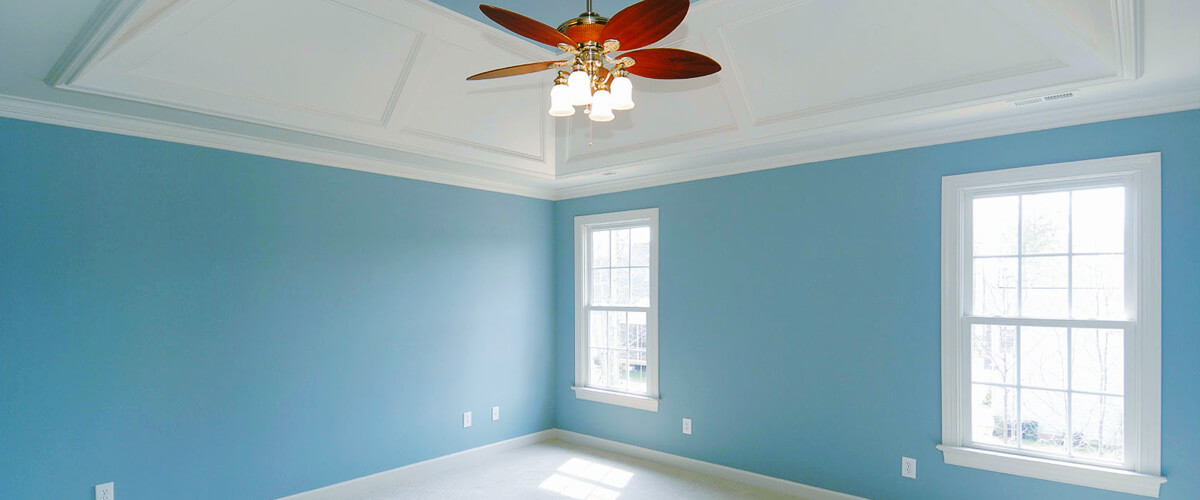
Having worked with numerous winter painting projects, I can assure you that painting the interior of your home during the winter months offers both advantages and disadvantages. Understanding the pros and cons can help you make an informed decision about whether to embark on an indoor painting project during this time. Let’s explore these factors in detail.
| Pros | Cons |
|---|---|
| Lower cost for painters’ services. | In colder weather, it may be difficult to open windows or ventilate the area adequately, which can slow down the drying process of the paint and result in lingering odors. |
| Winter often brings drier air, which can aid in the drying process of paint, allowing it to cure properly. | Winter days tend to be shorter, providing less natural light for painting. |
| With doors and windows sealed, there is typically less dust and debris circulating in the air, reducing the chances of them settling onto freshly painted surfaces. | Cold temperatures can affect paint viscosity, making it thicker and potentially harder to work with. |
| Some paint suppliers and contractors may offer discounts or promotions during the off-peak winter season, resulting in potential cost savings for your project. | If the heating system in your home is inconsistent or inadequate, it can affect the paint’s drying time and overall finish. |
Challenges of indoor winter painting
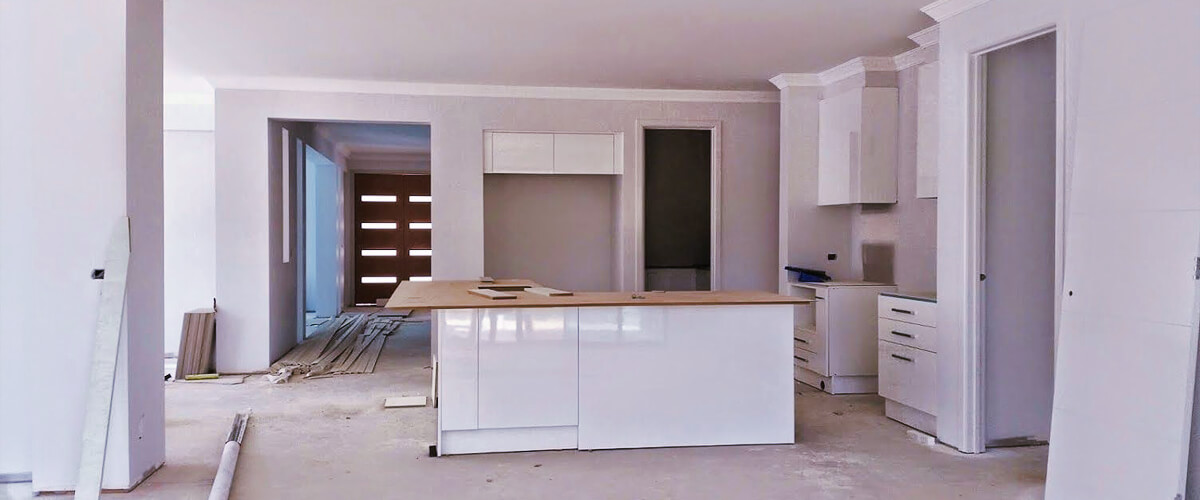
Maintaining proper temperature and humidity levels
One of the primary challenges of indoor painting in the winter is maintaining the ideal temperature and humidity for proper paint drying and curing. To overcome this challenge, consider the following:
- Set the thermostat to maintain a consistent temperature within the recommended range specified by the paint manufacturer.
- Use a space heater or other heating devices to supplement the central heating system if necessary.
- Monitor humidity levels using a hygrometer and utilize a dehumidifier or humidifier as needed to achieve the optimal range specified for the paint being used.
Ensuring adequate ventilation and safety
Based on my extensive experience in the painting industry, I can claim that proper ventilation is essential during any painting project, as it helps dissipate fumes and aids in the drying process. However, it can be challenging in winter to ventilate the area adequately without compromising the temperature. Here are some tips to address this challenge:
- Open windows or doors in nearby rooms to create cross-ventilation while ensuring that the painted area remains separate and isolated.
- Use fans to circulate air within the room, directing them towards open windows or vents to facilitate the exchange of fresh air.
- Consider using low- or zero-VOC (Volatile Organic Compounds) paint options that emit fewer fumes and are more environmentally friendly.
Protecting surfaces and furniture from paint
- Cover floors and furniture with drop cloths or plastic sheets to prevent paint drips or spills from reaching surfaces.
- Use painter’s tape to protect trims, edges, and fixtures from unintended paint marks.
- If possible, remove or cover delicate items and electronics to shield them from paint particles and fumes.
Tips for successful indoor winter painting
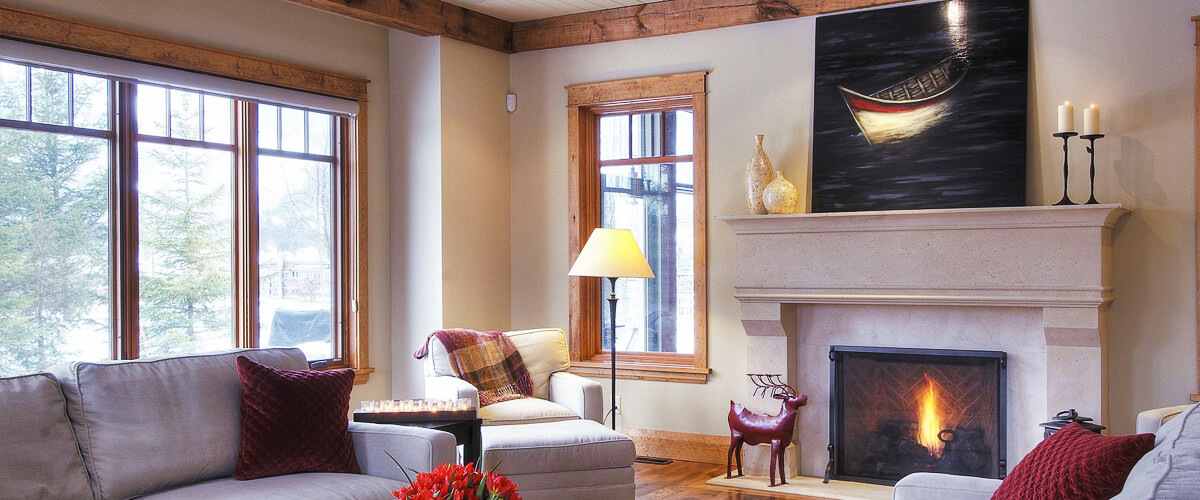
If you are going to do an interior painting in winter, I highly recommend paying attention to key factors such as paint selection, space preparation, and proper application techniques.
Selecting the right paint and materials
- Choose paints specifically formulated for indoor use, considering factors such as coverage, durability, and ease of cleaning.
- Select brushes, rollers, and other painting tools appropriate for your painting surfaces to achieve the desired finish.
Preparing the space and surfaces
- Clean the surfaces to be painted thoroughly, removing dirt, dust, and grease. This ensures better paint adhesion and a smoother finish.
- Repair any cracks or holes in the walls using spackle or putty, and sand the surfaces to create a smooth and even base.
- Use painter’s tape to protect trims, edges, and fixtures from accidental paint marks.
Properly applying paint and techniques
- Apply a primer if needed, especially when painting over darker colors or when the surface is in poor condition. This helps ensure better paint adhesion and coverage.
- Use smooth and even strokes, working from top to bottom and left to right, to achieve consistent coverage.
- Avoid overloading the brush or roller with paint to prevent drips and streaks.
By following these tips, you can enhance the overall quality and longevity of your indoor winter painting project. With careful planning, preparation, and execution, you can transform your living space into a fresh and inviting environment, even during winter.

